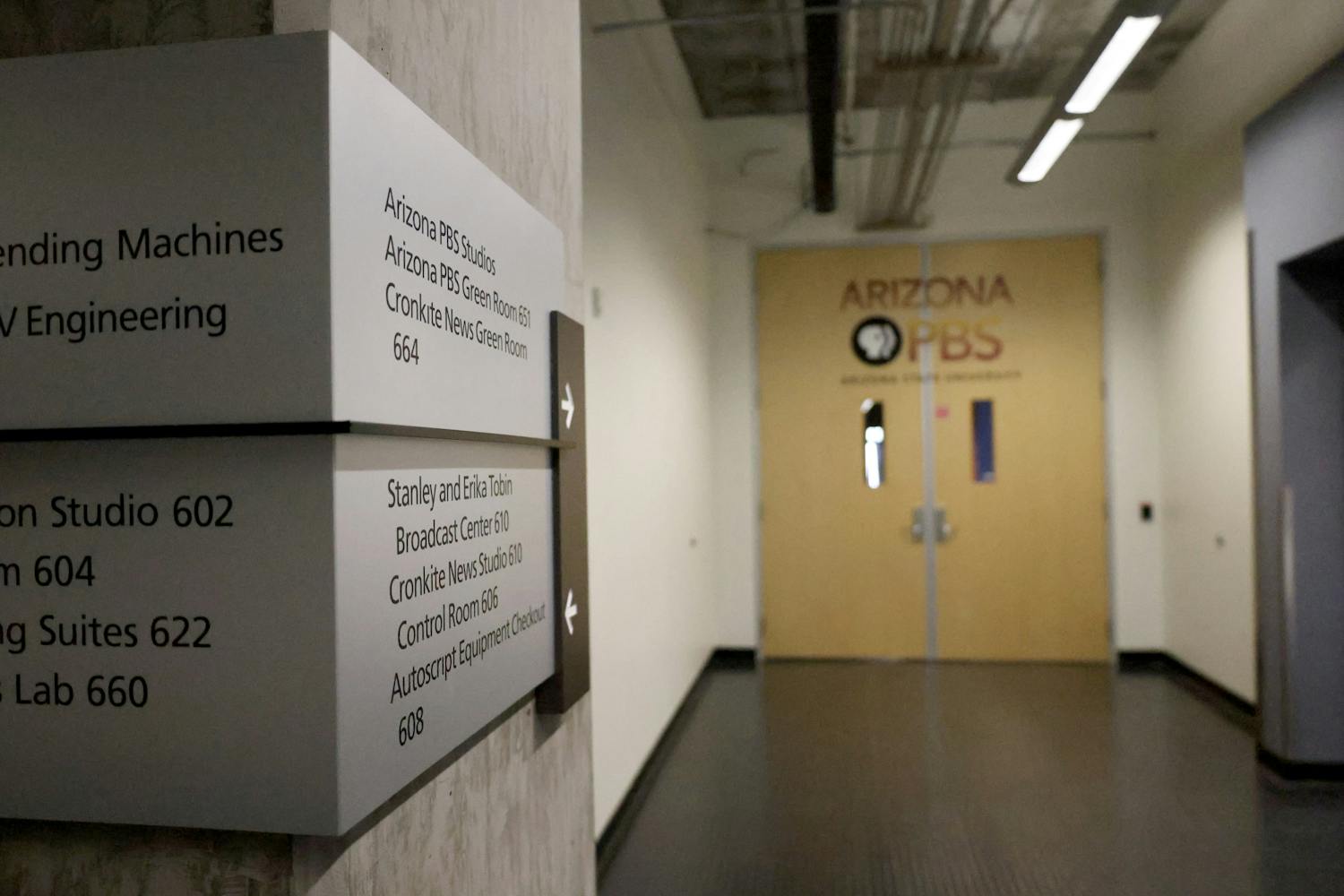While daily operations at ASU have continued unhindered since the government shutdown began on Tuesday, some civilian employees of the University's ROTC program are among the 41 percent of non-essential furloughed federal employees.
ASU is feeling the impact as ROTC programs have had to work without some employees, and the Veterans Affairs and research centers are preparing for the shutdown lasting a significant length of time.
Political science professor Richard Herrera said a school the size of ASU can be affected by a government shutdown, because many research labs are working with federal funds.
"Research money that has already come in shouldn't be affected," he said. "New money that hasn't come in yet could be put on hold."
Once this funding is approved, researchers will be able to continue with their work. Until then, those waiting on money will have to wait until the government ends the shutdown or allows funding for certain programs of its choosing.
"Some research funds are favored by the House of Representatives, for instance the National Institute for Health," Herrera said.
The programs at ASU feeling the brunt of the shutdown are those tied to the military. The Navy ROTC program has had to continue working without three of its civilian workers who were deemed non-essential by Congress.
NROTC Commanding Officer Capt. David Price said the day-to-day activities of ROTC have continued unhindered, because it is considered essential by Congress, but if the shutdown lasts much longer, there will have to be reassessments.
"If it goes too much longer, we will start to feel the effect of our three civilian workers being furloughed," he said. "They are our logistics people, so it really hurts us."
The Veterans Affairs office has not began to feel the sting of the shutdown, but director Steven Borden said if the shutdown runs through late October, the office could run out of money.
"There is some money that was left over from last fiscal year and certain monies that are generated based on contracts," he said. "Between these, we are able to continue at present, but if this runs through late October, we might run out."
Government contracts that agree to pay certain aspects of Veterans Affairs have been enacted, but with workers being furloughed, the money may not reach its destination.
"Because the obligation has been made, the government will pay certain things, but sometimes the person isn't there to process it," Borden said.
No one knows how long the shutdown will last, and the only guide for people to go by is the government shutdown of 1995 which lasted 3 weeks, Herrera said.
The University will be fine for the immediate future, but if the shutdown continues into late October or early November, there could be direct and indirect impacts that cannot be predicted, he added.
"In this case there isn't an immediate direct impact, but there could be indirect impacts on families of students of ASU," Herrera said.
Reach the reporter at jshanco2@asu.edu or follow him on Twitter @joey_hancock



